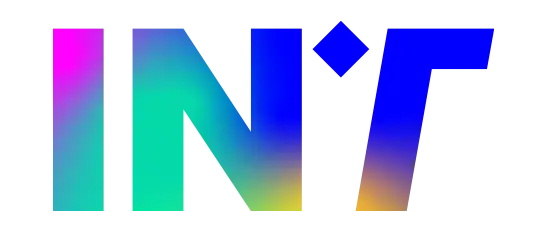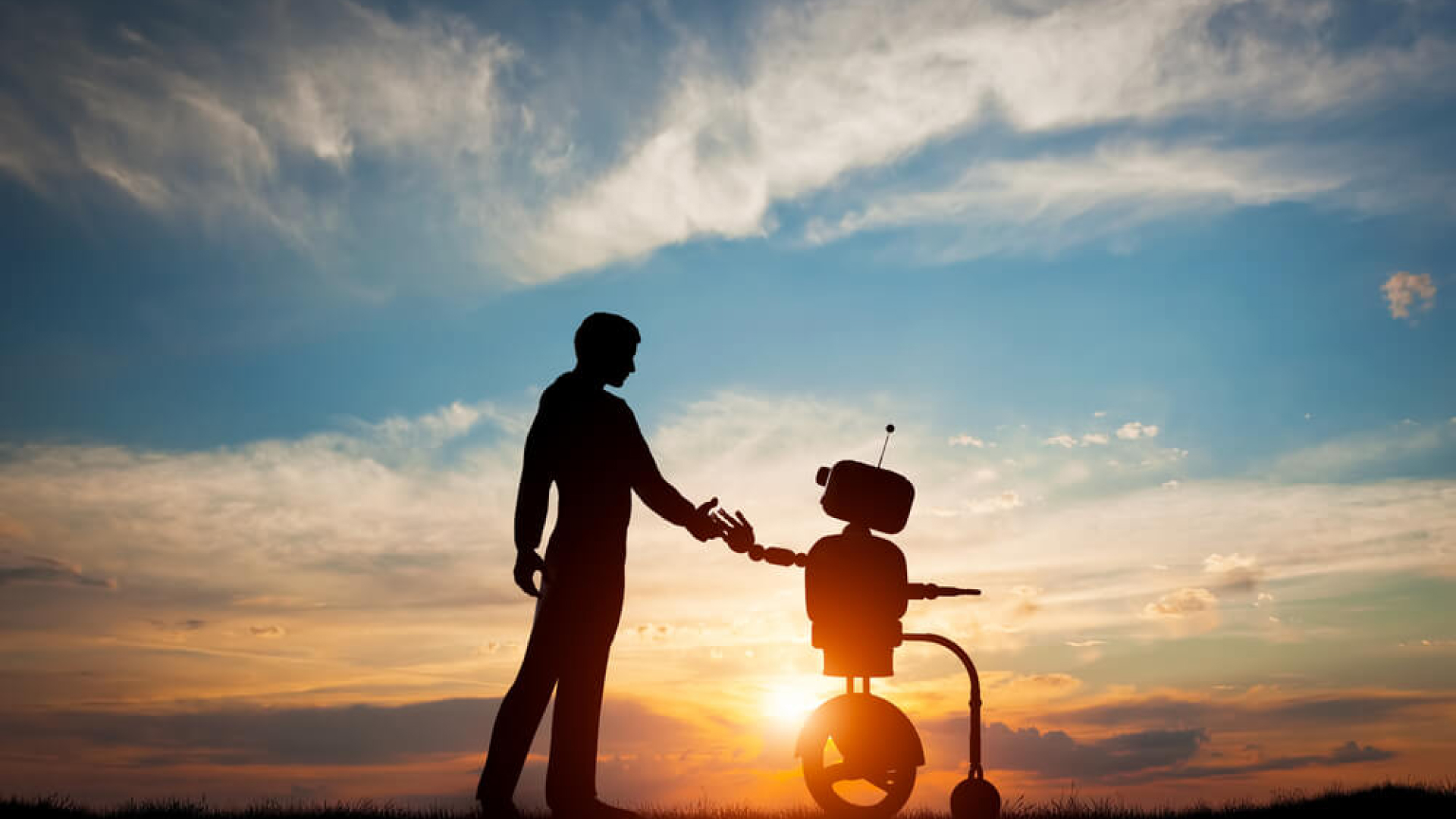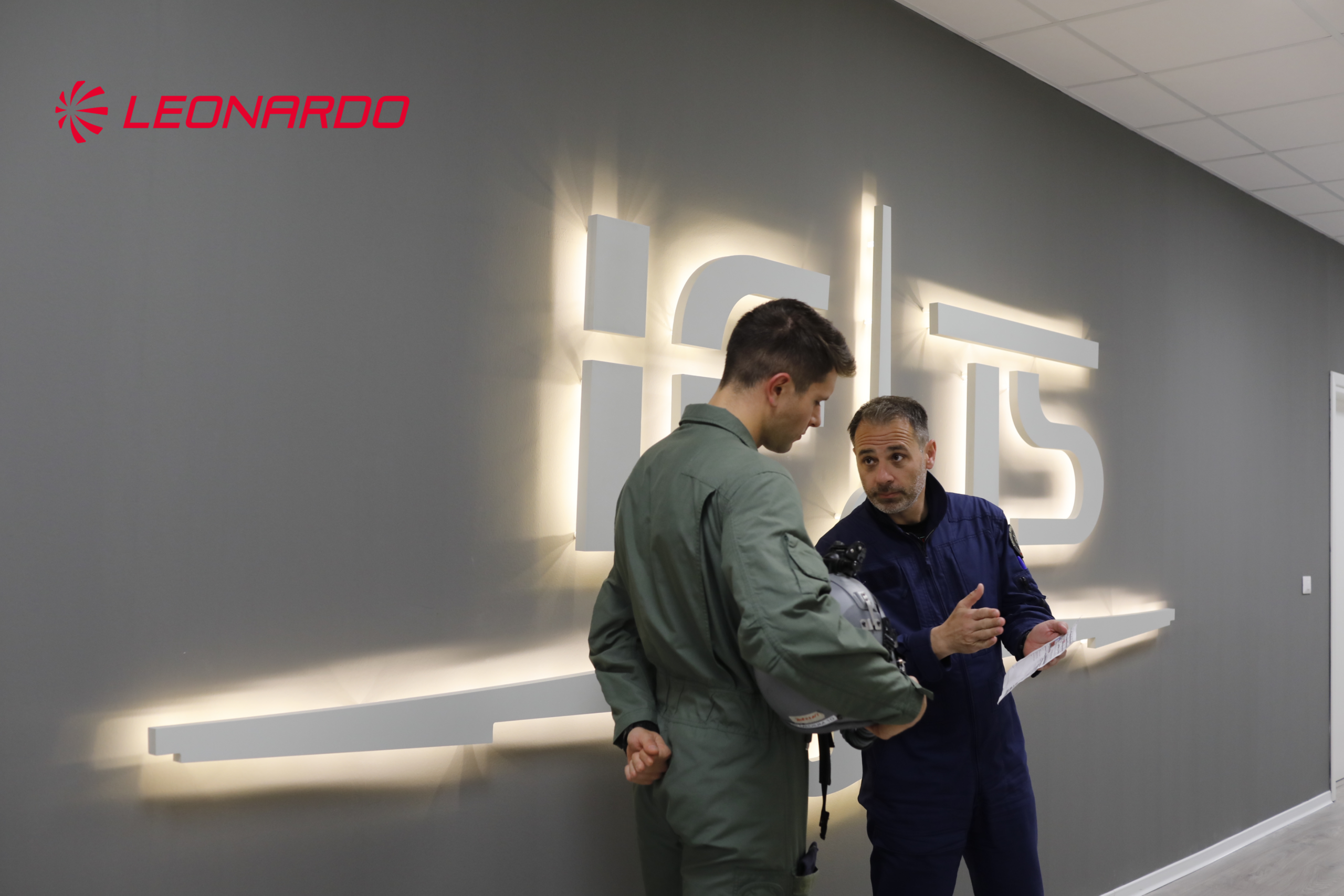In the heart of Japan, at the foot of Mount Fuji, Toyota is giving life to a project that could forever change our concept of city and technology: Woven City.
This ambitious project is not just a simple city of the future, but a “living laboratory” designed to test how people can live with advanced technology, especially robots. Woven City will be the starting point for a new way of thinking urban areas, where innovation, sustainability and the interaction between humans and robots meet harmoniously.
What is Woven City?
Woven City will be built on an area of 70 hectares (approximately 708,000 square metres) at the foot of Mount Fuji in Japan. The project was designed by Toyota to create an environment where technology can be integrated naturally into the daily lives of its inhabitants.
Woven City is designed to be an “urban ecosystem” in which the coexistence between humans and robots is not only a futuristic vision, but a tangible reality.
The city will host residents and researchers who will have the opportunity to test and develop innovative solutions in various areas: autonomy, robotic, personal mobility, domotics and Artificial Intelligence. Toyota intends to use this living laboratory to explore new forms of interaction between humans and robots, creating a city that will become a model for the future.
An unprecedented coexistence between humans and robots
One of the distinctive features of Woven City is its function as a “living laboratory” to explore the coexistence between humans and robots. The robots in Woven City will not only be tools for limited tasks such as care and nursing, but will be designed to interact more widely with the community. Residents will be assisted in various daily activities, and robots will also support transport and mobility.
In particular, autonomous vehicles such as Toyota’s e-Palettes will be used for the transport of people and goods. These zero-emission vehicles will revolutionise the way we move around the city, reducing traffic and improving safety. Toyota’s goal is to integrate robots and Artificial Intelligence into all aspects of city life, creating a city where technology and humanity can coexist in a natural way.
Design and technological innovation
The project of Woven City was entrusted to the Danish architect Bjarke Ingels, known for his ability to create iconic and sustainable buildings. Ingels designed the city as a “weaving”, a network of streets and green spaces that will foster interaction between people and robots. The city will be powered mainly by renewable energies, such as solar and hydrogen, to reduce its carbon footprint.
The buildings will be constructed of wood, an eco-friendly material that reduces the carbon footprint, while the roofs will be fitted with photovoltaic panels. In this way, Woven City will become a model of sustainability and innovation for the future cities of the world.
The vision of Toyota
Woven City is the first step towards an ambitious global goal: a zero-carbon society by 2050. Toyota aims to create a city that not only runs on hydrogen for vehicles, but also uses fuel cells for stationary generators. This approach will help to drastically reduce pollution and promote an ecological society that promotes the well-being of people and the planet.
Woven City is not just a Toyota project, but a global experiment that could become the model for cities of the future. The project aims to explore the harmonious co-existence between humans and robots, by testing technologies that could revolutionise our daily lives.
With Toyota’s innovative approach and Bjarke Ingels’ visionary design, Woven City is poised to become a laboratory for the future of smart cities, where technology and sustainability meet to create a smarter urban environment, efficient and humane.






